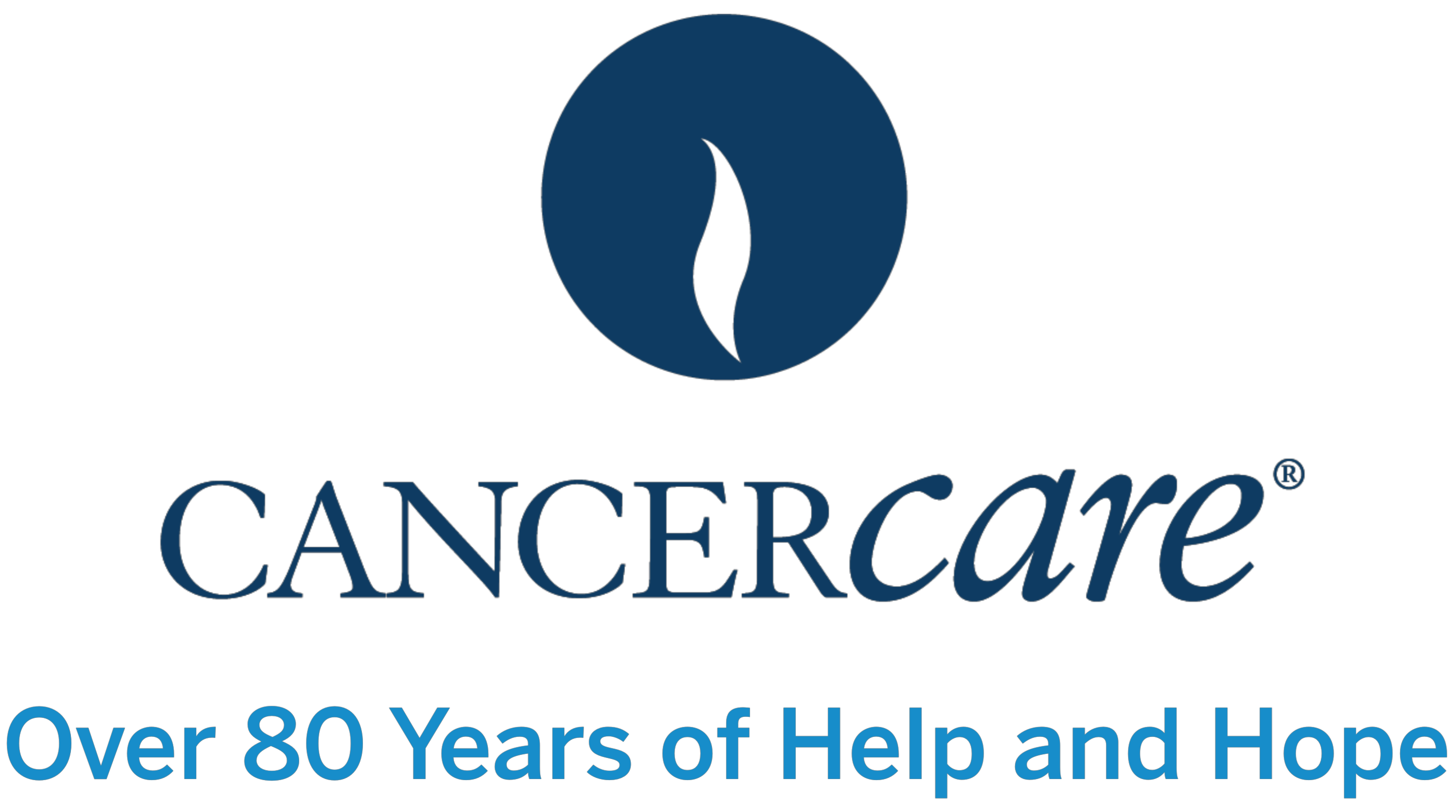Nausea is a side effect of many cancer treatments, such as chemotherapy. Cancer treatment may also bring related symptoms, such as lack of appetite or a change in the way foods taste. This fact sheet covers:
- What causes nausea
- How to manage your nausea
- Improving your appetite and eating habits
- Issues with vomiting
The Causes of Nausea
Your body recognizes chemotherapy as an outside substance, causing nausea, and may try to remove it by way of vomiting. It can also affect the lining of the mouth, throat and stomach, also causing nausea.
Other forms of cancer treatment, such as radiation therapy, can cause nausea in their own ways. You may feel nausea as soon as treatment starts or some time later. Your body may associate treatment with nausea, making you feel nauseated before you even start.
Managing Nausea
Nausea can make it hard to eat or keep food down, but it is important for you to eat and maintain strength.
These are steps that can help you cope with nausea associated with treatment:
- Rinse your mouth often to eliminate any bad taste.
- Avoid foods with strong smells, or very warm food, which can bring on nausea.
- Explore whether your tastes have changed and try different foods.
- Ask your doctor about anti-nausea medication if symptoms persist.
If you have just had a bout of nausea and vomiting:
- Try taking small sips of water or sucking on ice chips after vomiting.
- Eating crackers or toast may also help. Because they are mild, these foods are good choices for putting something back into your stomach.
- Use meditation and relaxation resources to calm and settle down your body.
Eating and Increasing Your Appetite
Do your best to maintain a nutritious diet during and after cancer treatment. Eating isn’t just about making you feel better. It is also important for your health and recovery. The following tips might help:
Make eating more pleasant by using colorful place settings, flowers or background music. Arrange your plate attractively and garnish your food if possible.
Eat smaller meals frequently throughout the day rather than two or three big meals. Snacking and drinking fluids between your meals can be good.
Try to eat meals and snacks at the same time each day.
Listen to your body, and eat what appeals to you. If it is time for dinner and you are craving breakfast foods, go with the breakfast foods.
Keep snacks handy. People tend to eat more when food is close by.
Reach out to local food banks or community support services if you’re having difficulty accessing food.
At times when your appetite is low, try eating bland foods you can keep down, such as bread or crackers.
When you have a good appetite, try to eat one of your favorite foods, no matter the time of day or whether it is mealtime.
If you cannot eat enough food to maintain your weight, try high-calorie, high-protein drinks suggested by your doctor.
Other Issues Related to Vomiting
While keeping up your energy and nutrition is the most important thing, there ae other issues as well.
Dehydration. Throwing up releases a lot of liquid from your system that must be replenished. When you can, try to drink water or energy drinks to keep up the amount. Dehydration can lead to dizziness and loss of balance.
Dental health. When you throw up, acids from the stomach can go over your teeth, causing them harm. Try to brush your teeth or clean them soon after you vomit.
